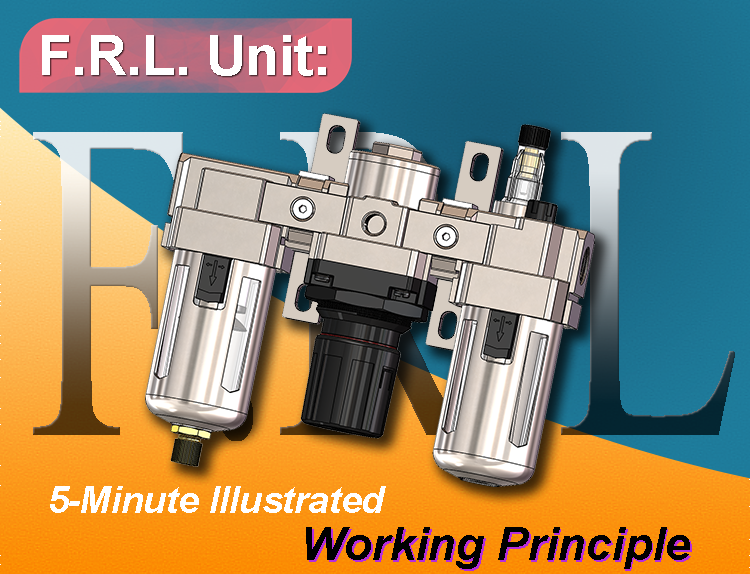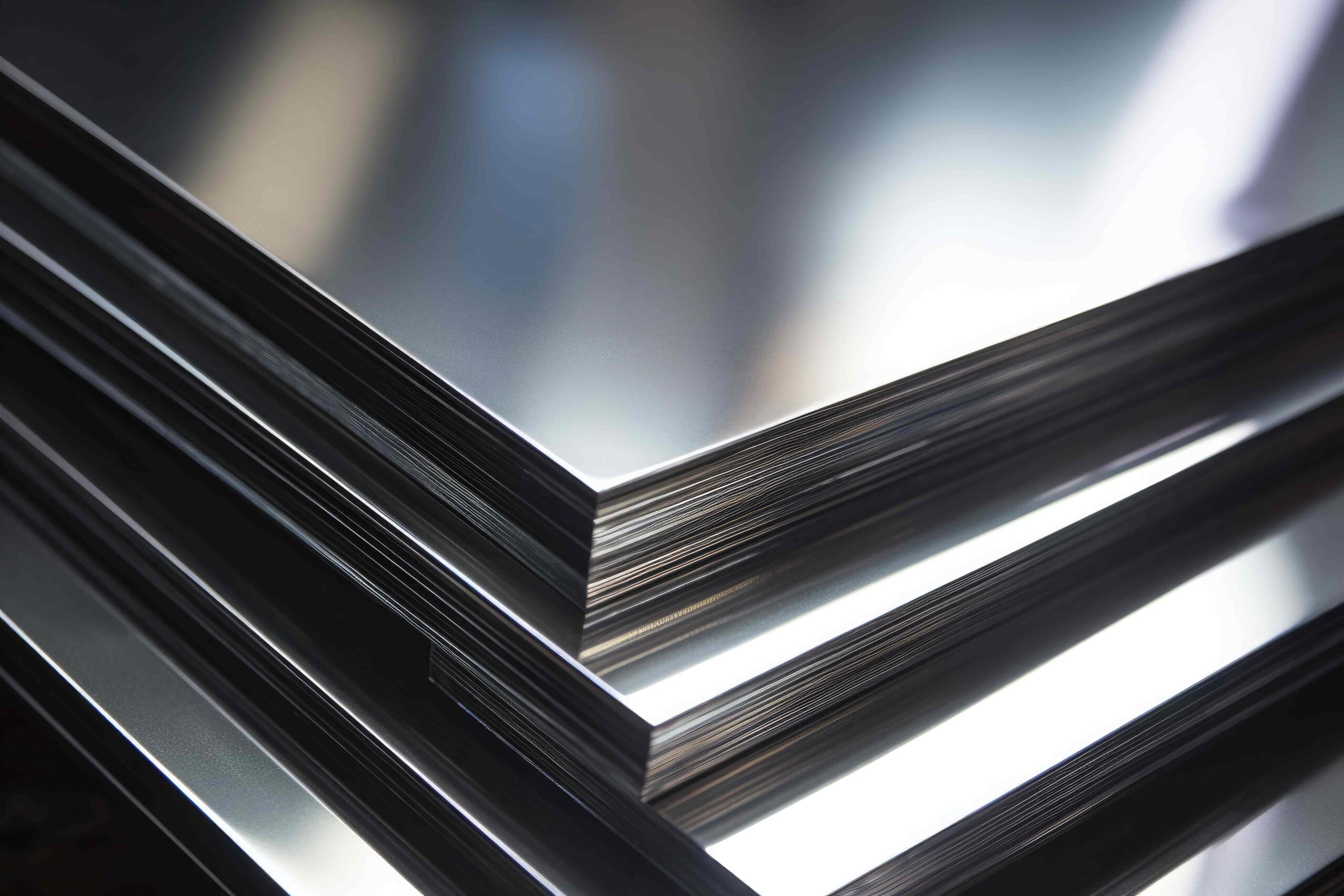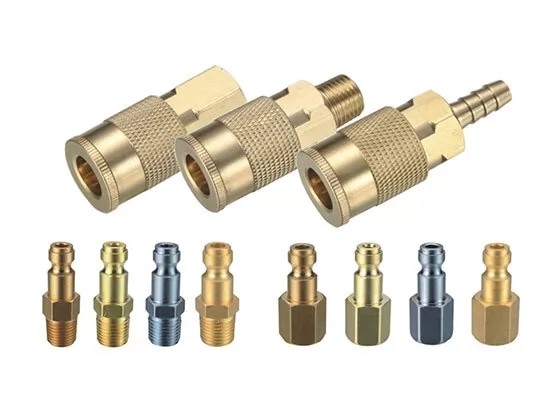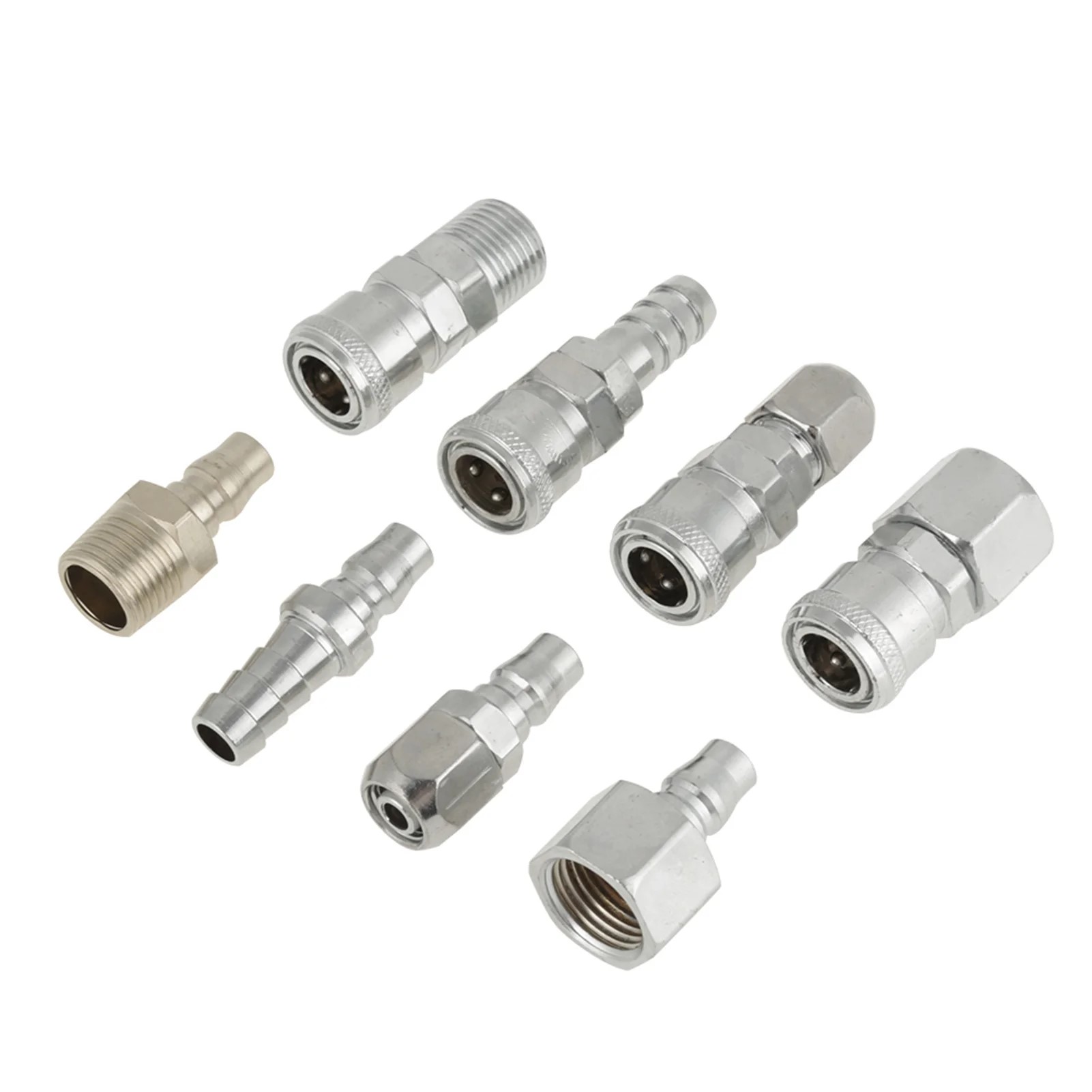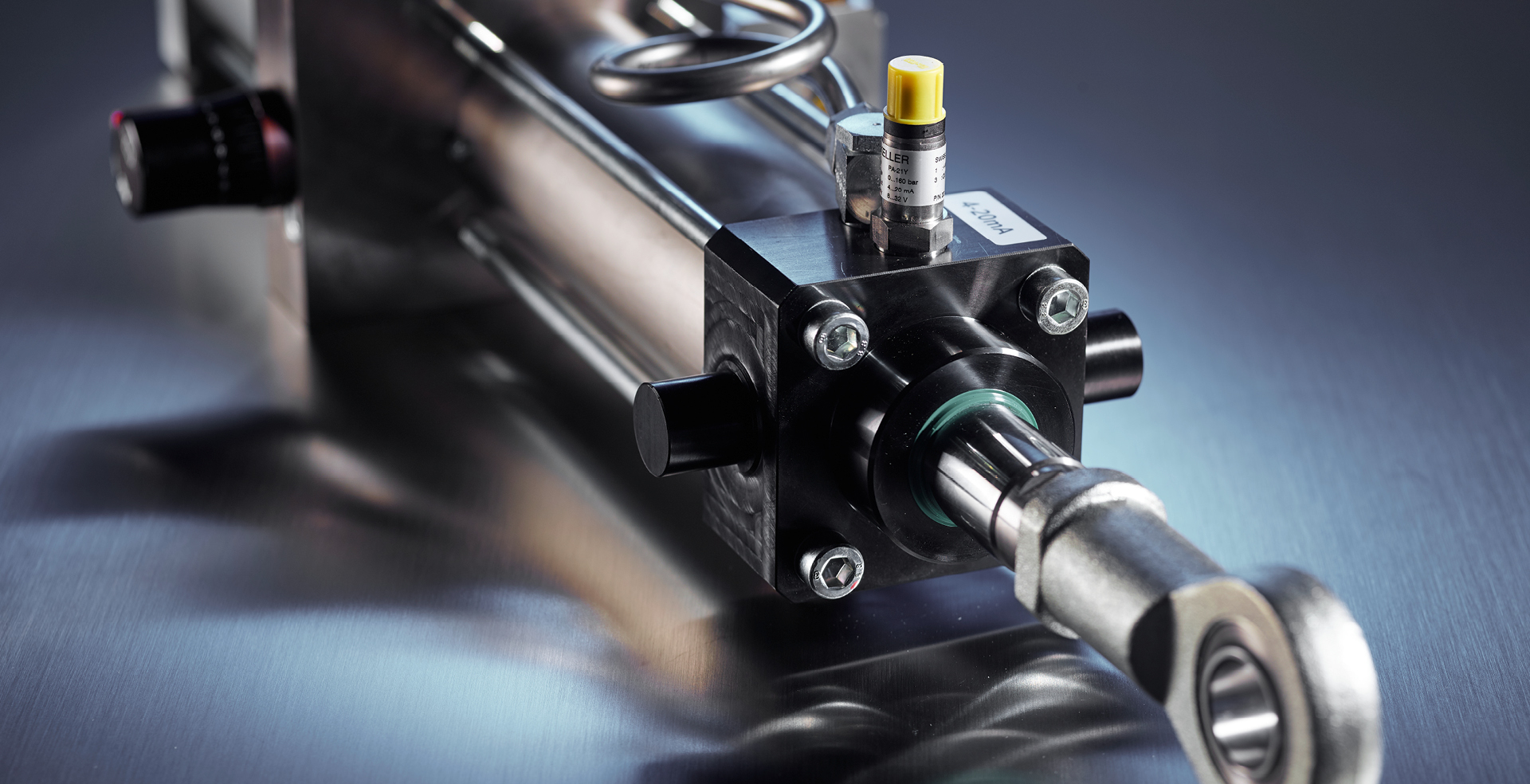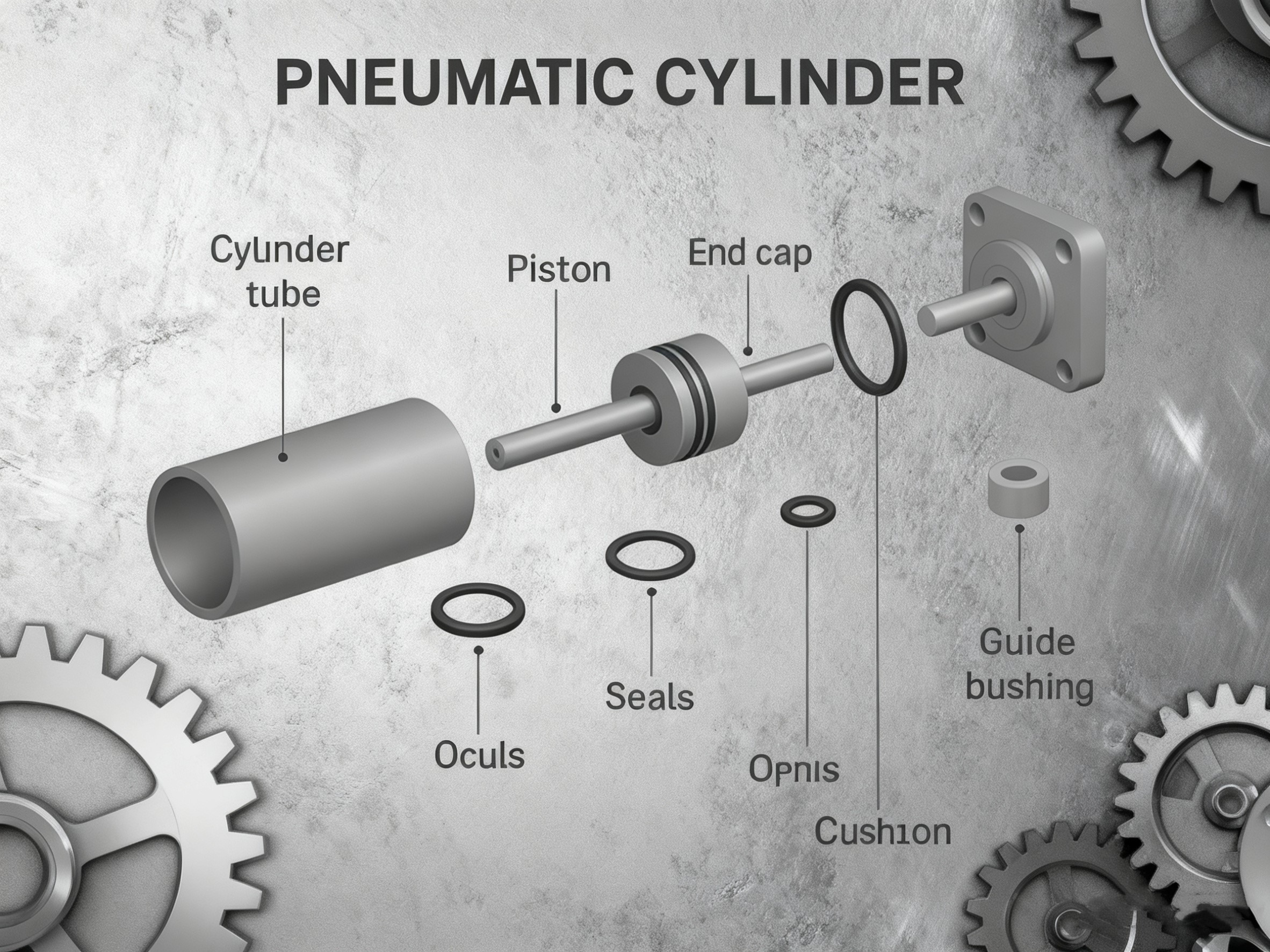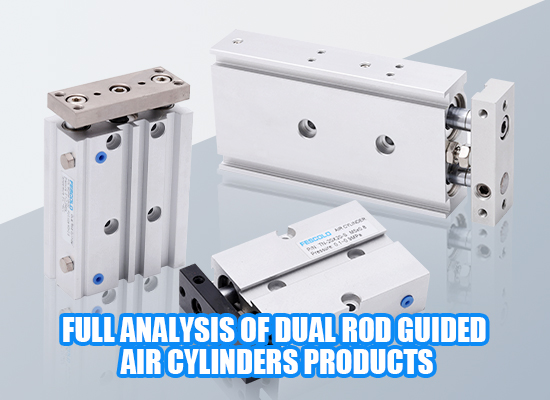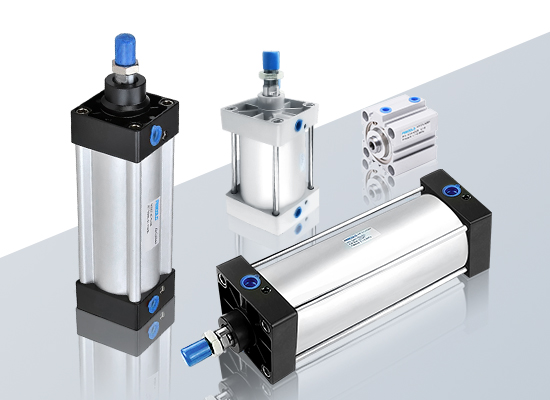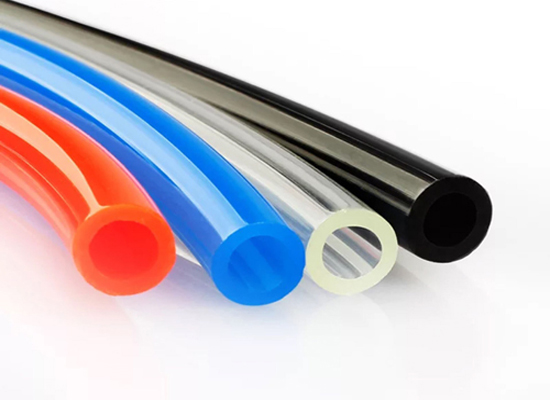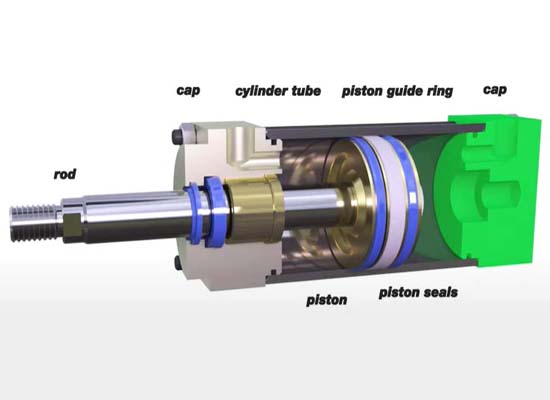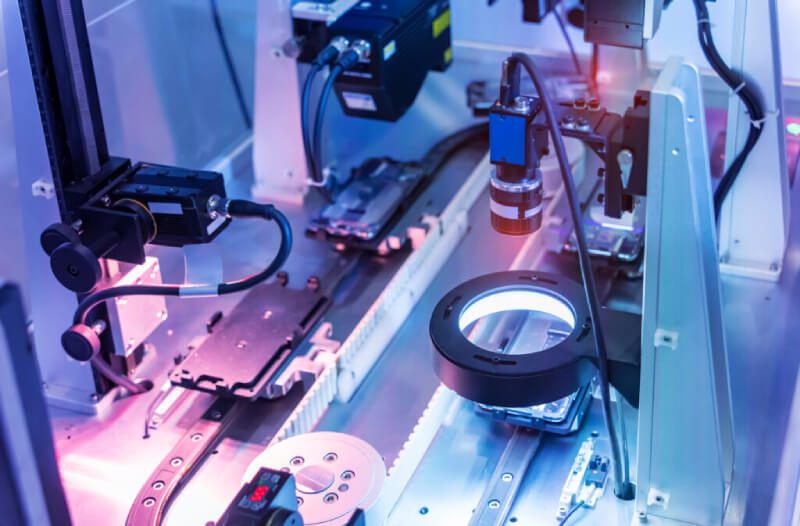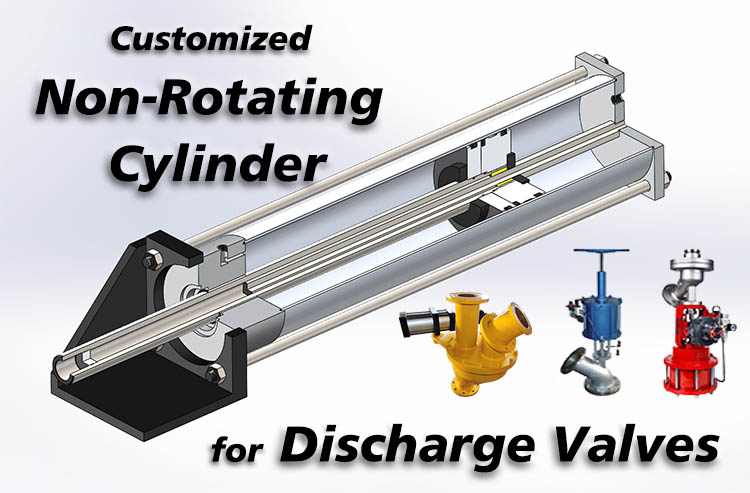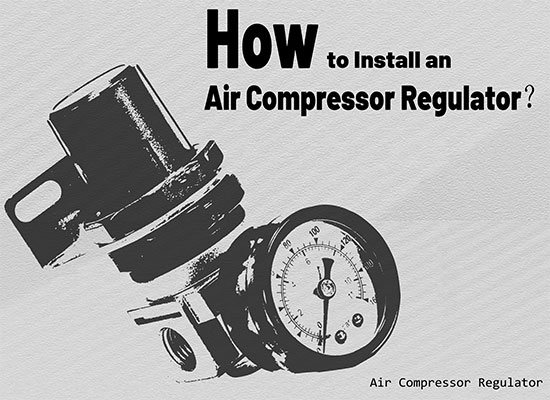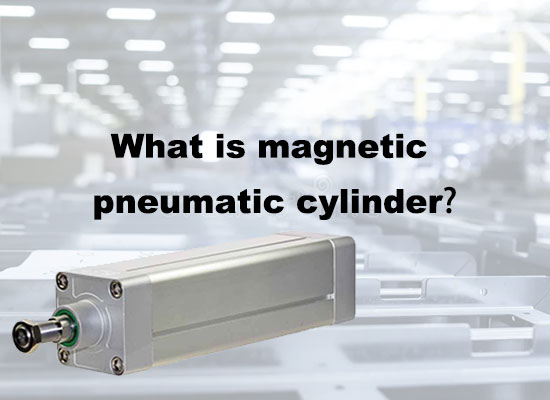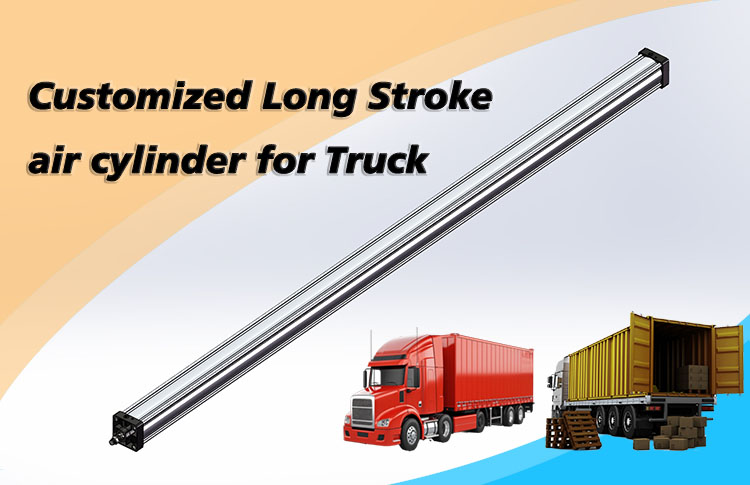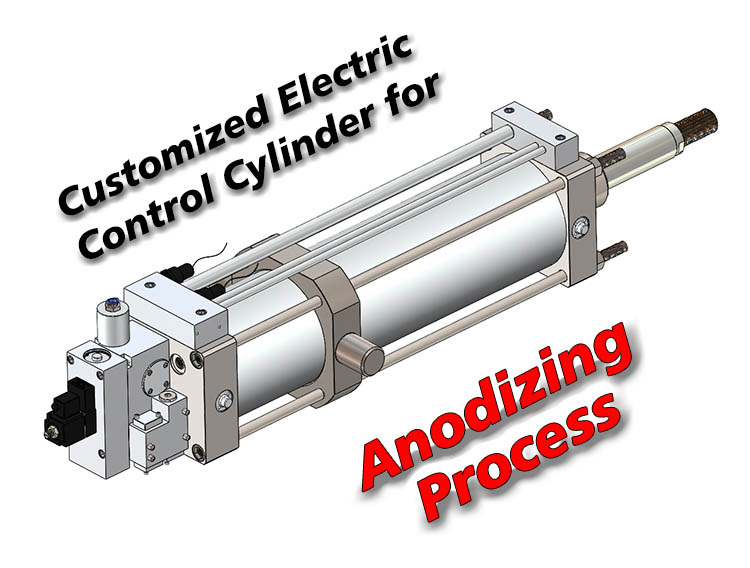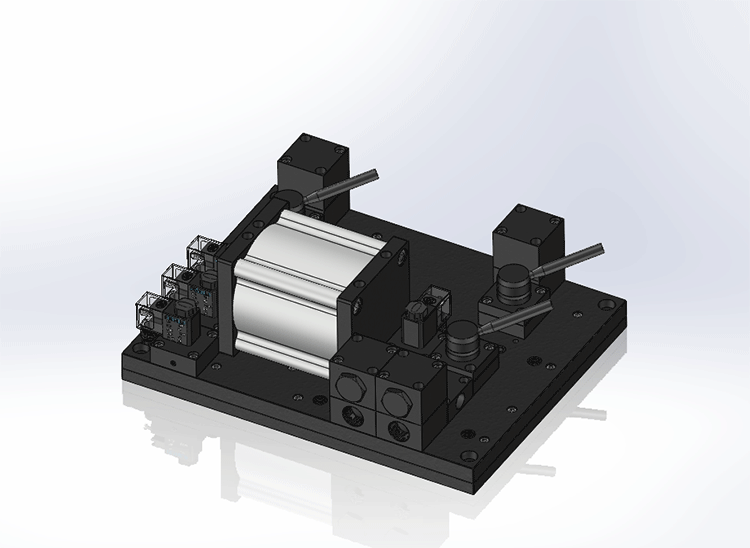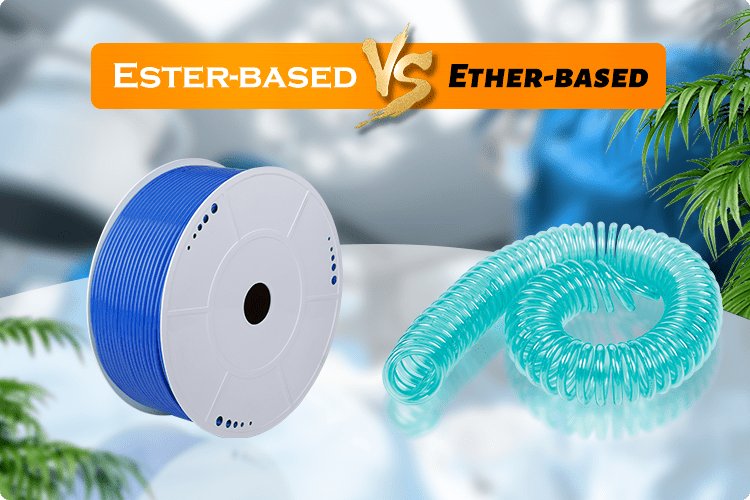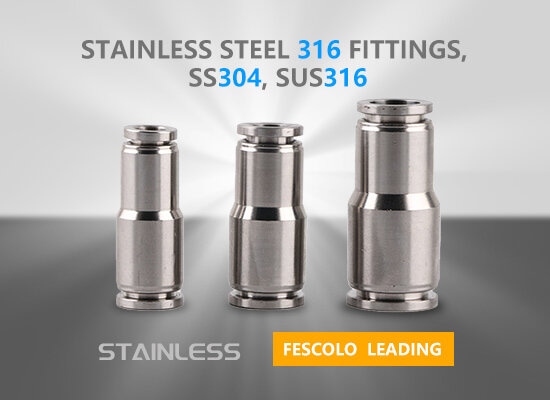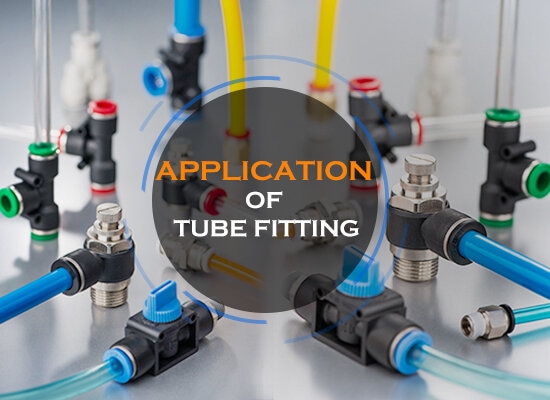Pneumatic cylinders play a vital role in industrial manufacturing, automated production lines, and mechanical control systems. These devices use compressed air to generate linear motion, offering an environmentally friendly, efficient, and low-maintenance alternative to hydraulic cylinders or electric motors. However, like any mechanical component, cylinders are subject to wear, misalignment, and operational stress.In this article, we focus on the common failure conditions of pneumatic cylinders and the possible causes behind them.
Why Do Stable Cylinders Fail?
Although pneumatic cylinders are generally reliable in performance, improper operation and environmental factors can sometimes cause them to fail prematurely. Based on extensive experience working with cylinders, it is not difficult for us to conclude that their failures mainly result from the following factors.Understanding these common causes of cylinder failure is essential for extending system uptime and reducing maintenance costs.
1. Seal Wear and Leakage
Cylinder seals are designed to prevent compressed air from leaking and to maintain airtightness within the piston chamber. During repeated reciprocating motion, continuous friction between the piston seal and the inner wall of the cylinder can lead to insufficient lubrication. When lubrication is poor or the air supply is dry, this friction causes the seal surface to harden, crack, or become permanently deformed. In addition, if the cylinder operates under high temperatures for an extended period, rubber and polyurethane materials will age faster and lose elasticity. As a result, the sealing performance deteriorates, air consumption increases, and overall efficiency decreases.
2. Misalignment and Side Load
In a linear cylinder, the piston rod is designed to move back and forth along the cylinder axis. If the external load, mounting bracket, or connecting mechanism is not properly aligned — creating an angular deviation or horizontal offset — a radial force will be generated. This improper motion increases wear on the guide bushing, causes one-sided wear of the sealing rings, and may lead to surface scratches or even coating detachment on the piston rod.
3. Contaminated Air Supply
Compressed air systems often contain dust, moisture, oil mist, or other impurities. If the filtration is insufficient, these contaminants enter the cylinder with the airflow and, under pressure, can abrade the inner surface of the barrel and piston. This results in a roughened surface and seal failure, often accompanied by visible white vapor or oil residue at the exhaust port.
4. Excessive Pressure or Undersized Cylinder
When a cylinder’s load capacity is insufficient, operators sometimes attempt to increase the working pressure to improve output. While temporarily effective, continuously operating under excessive pressure can cause the cylinder barrel to expand, end-cap bolts to loosen, and even lead to piston rod or end-cap fracture. The sealing rings may also rupture or be extruded from their grooves under excessive stress.
5. Improper Installation and Vibration
In some cases, cylinders are not properly mounted according to the installation guidelines, resulting in excessive vibration during operation. When the mounting brackets fail to effectively absorb shock and vibration, the cylinder may experience loose bolts, positional displacement, and misalignment between the bracket and the load. In severe cases, the mounting structure itself may crack or break.
You need to pay attention to the following cylinder signals
Early detection and fix of cylinder problems is crucial to prevent unexpected production downtime or reduced efficiency.Identifying the following 5 common issues can help users schedule maintenance or replacement in time, thereby avoiding overall system interruption.
1. Inconsistent Stroke or Motion
When pauses or hesitation occur during the cylinder’s operation, it often indicates internal air leakage, valve malfunction, or insufficient air supply pressure. Variations in stroke length can have a severe impact on precision automation systems. This instability may also result from worn piston seals, allowing compressed air to bypass from one chamber to another.
2. Slow Operation or Delayed Response
If the cylinder’s response speed is noticeably slower than normal, the issue is typically related to restricted air supply or increased friction caused by internal contamination. A reduction in extension or retraction speed may be due to blocked ports, insufficient lubrication, or swollen seals. In miniature or high-speed applications, even minimal frictional resistance can cause significant delays, affecting synchronization with other system components.
3. Abnormal Noise or Vibration
Mechanical knocking, clicking, or hissing noises during operation should be treated as warning signs. A hissing sound usually indicates air escaping from a damaged seal, while repetitive knocking may suggest loosened internal components or piston rod misalignment. In compact or short-stroke cylinders, excessive vibration is often caused by poor end-of-stroke cushioning, which accelerates wear and reduces both accuracy and stability.
4. Visible Damage on Piston Rod or Barrel
Scratches, rust, or corrosion marks on the piston rod or cylinder barrel indicate potential failure. A scratched piston rod can rapidly wear out seals during each stroke, leading to increased leakage. Exposure to chemicals or moisture may also cause pitting, which compromises the structural integrity of the cylinder — a common issue in outdoor equipment or food processing machinery.
5. Air Leakage or Insufficient Thrust Output
When a cylinder produces insufficient thrust, check for air leaks at fittings, end caps, or ports. If the piston seal is damaged, the effective pressure within the working chamber drops, resulting in decreased output force. For double-rod or heavy-duty cylinders, even minor air leaks can cause uneven thrust distribution and irregular motion, significantly affecting overall performance.
What Affects the Service Life of a Pneumatic Cylinder
1. Average Lifespan Estimation
Under normal industrial operating conditions, a well-designed pneumatic cylinder can achieve between 10 million and 50 million full cycles, provided it is not subjected to excessive loads, vibration, or contamination.
When supplied with clean and stable compressed air, the lifespan typically reaches the higher end of this range.
For example, standard cylinders compliant with ISO 6431 or ISO 15552 are often built with reinforced seals and robust construction to withstand demanding operating conditions.
2. Factors That Reduce Cylinder Lifespan
Improper sizing, especially undersized cylinders operating near capacity, increases wear.
Lack of maintenance, such as skipped lubrication or delayed seal replacement, accelerates failure.
Poor air quality, with contaminants like moisture or oil residues, damages internal components.
Frequent impact loads at stroke ends without proper cushioning quickly reduce longevity.
3. Enhancing Durability Through Design and Materials
Cylinder lifespan is closely tied to material and design choices, such as using stainless steel piston rods for corrosion resistance, hard-anodized aluminum barrels for wear resistance, and matching miniature cylinder types to suitable low-force or high-speed applications.
4. Influence of Working Environment
In cleanroom automation, where environmental conditions are tightly controlled, cylinder life expectancy can often exceed design specifications.
Conversely, in dusty, humid, or outdoor environments, premature wear may occur unless protective measures are implemented—such as rod bellows, wiper seals, or IP-rated housings to shield against contaminants.
5. Maintenance Frequency and Predictive Monitoring
A maintenance schedule based on cycle counts is more effective than relying solely on time intervals.
Modern monitoring systems equipped with sensors can track stroke cycles and detect early signs of performance degradation, enabling predictive maintenance before failures occur.
Essential Criteria for a High-Quality Cylinder
Enhanced Operational Reliability:Premium cylinders are manufactured with tighter tolerances, superior materials, and rigorous quality control standards. Even under continuous or heavy-duty operation, they maintain stable performance. Lower failure rates translate into reduced unplanned downtime and improved productivity.
Superior Sealing and Air Efficiency:High-end models are equipped with advanced sealing components that offer exceptional resistance to wear, heat, and chemical corrosion. This ensures minimal air leakage, reduces energy consumption, and extends component lifespan.
Durability in Harsh Environments:Top-tier cylinders feature corrosion-resistant piston rods, anodized or stainless-steel barrels, and optional protective elements such as rod wipers or IP-rated housings. These enhancements ensure reliable performance in humid, dusty, or chemically aggressive environments.
Functional Expandability:In modern automation systems, multifunctionality has become an essential criterion of high-quality cylinders. Advanced designs prioritize modularity and integration, offering compatibility with a broader range of control, sensing, and application features—often including smart interfaces for intelligent system connectivity.
Choose High Quality From Fokca
Fokca manufactures a wide variety of pneumatic actuators, helping the global pneumatic industry achieve effective efficiency improvements. Our products include ISO 6431 cylinders, Airtac Cylinder,SMC cylinders, rodless cylinders, guide rod cylinders, mini cylinders, rotary cylinders, and more. You can browse our cylinder brand website or contact us directly for the latest product catalog and pricing.



